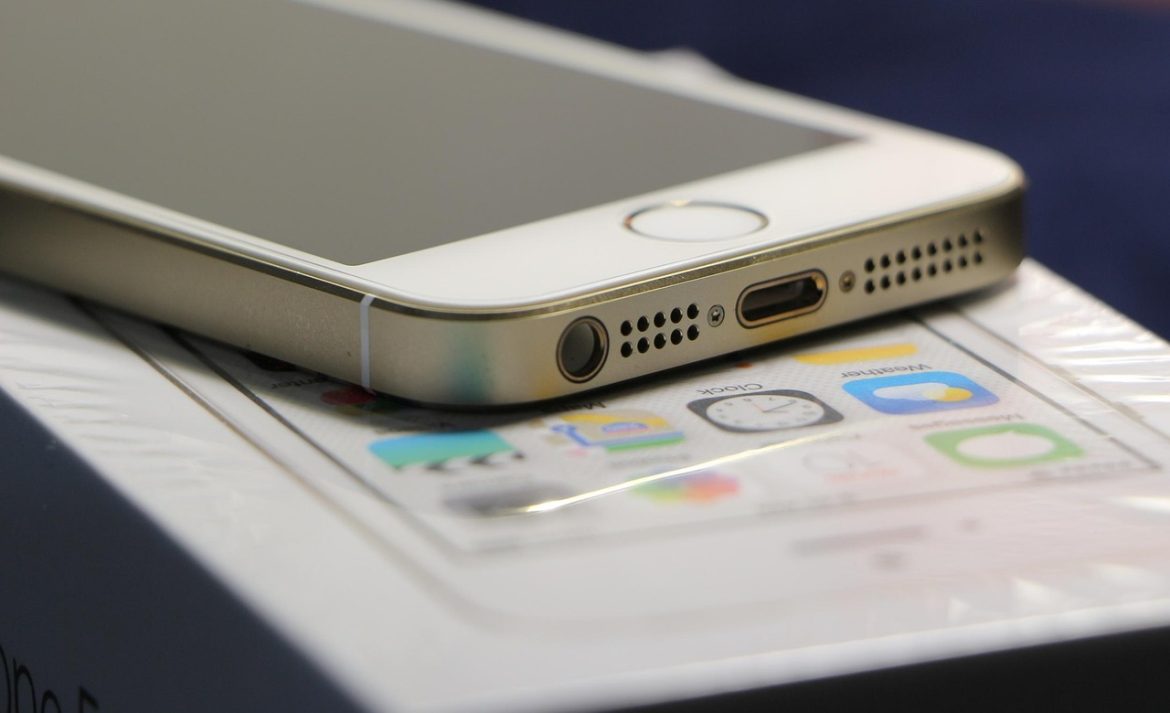Apple is gearing up for an ambitious rollout of new iPhones over the next few years, according to renowned industry analyst Ming-Chi Kuo. Known for his close ties within Apple’s supply chain, Kuo has shared his latest projections detailing how Apple’s iPhone lineup might evolve between 2025 and 2027.
A Strategic Shift in the iPhone Release Cycle
Kuo, who works with the Taiwanese investment firm TF International Securities, recently published a detailed timeline of Apple’s upcoming iPhone models. Although plans are subject to change, his forecast offers one of the most comprehensive glimpses yet into Apple’s future strategy.
For fall 2025, Kuo expects Apple to release four versions of the iPhone 17: the standard iPhone 17, iPhone 17 Pro, iPhone 17 Pro Max, and a significantly thinner model referred to as the iPhone 17 Slim (also rumored as the “Air”).
In early 2026, Apple is reportedly planning to launch the iPhone 17e, a direct successor to the iPhone 16e that debuted in February. This move contradicts earlier reports, such as one from The Information, which claimed a spring release wasn’t in the cards.
A Foldable Future and More Variety
Looking ahead to fall 2026, Apple’s roadmap appears to take a bold new direction. Kuo predicts that Apple will introduce its first foldable iPhone, featuring an unfolded screen size of around 8 inches and a folded display of 5.7 inches. Alongside this will be the iPhone 18 Pro, iPhone 18 Pro Max, and another slim model, the iPhone 18 Slim.
By spring 2027, two more models could hit the market: a more affordable iPhone 18 and a budget-friendly iPhone 18e, designed to appeal to entry-level consumers. Then in fall 2027, Apple is expected to refresh the lineup once again with a second-generation foldable iPhone, as well as the iPhone 19 Pro, iPhone 19 Pro Max, and the iPhone 19 Slim – which Kuo believes will come with a larger display than its predecessor.
Why Apple Might Launch Twice a Year
Kuo highlights the strategic advantages of moving to a biannual release schedule, with major announcements in both the spring and fall. This shift would allow Apple to better compete with rivals who often unveil new products early in the year. It could also help the company diversify its offerings and target emerging markets more effectively.
Releasing all models in the second half of the year has traditionally aligned with the holiday shopping season, but it can also overwhelm consumers with too many choices at once. Kuo points out that this can hurt sales of the base models, as customers increasingly gravitate toward the Pro versions.
Moreover, splitting launches across two periods could help Apple manage production transitions more smoothly—particularly important in light of ongoing trade tensions and tariffs imposed by the U.S. government.
A More Flexible and Competitive Apple
Ultimately, the shift in Apple’s strategy appears to be about maintaining its edge in a rapidly evolving smartphone market. With new form factors like foldables, thinner designs, and a wider range of price points, the iPhone lineup is poised to become more diverse than ever.
While nothing is official yet, Kuo’s analysis offers a compelling look at how Apple might reinvent its approach to iPhone launches—and why that might be exactly what it needs to stay ahead.

